$149.97 Original price was: $149.97.$97.99Current price is: $97.99.
SKU: D2LSC 689101085 Categories: GROUNDCOVER PLANTS, Groundcover Plants
- Quality that lasts, prices that don't.
- Experience the difference quality makes.
- Satisfaction Guaranteed
- 100% High Quality Guarantee

Red Beauty Dianthus
Dianthus gratianopolitanus ‘Red Beauty’
Plant Details
USDA Plant Hardiness Zones: 4a-9b Find Your Zone
Plant Type: Evergreen Perennial
Height at Maturity: Foliage: 5-7″ | Flowers: 8-10″
Width at Maturity: 12-18″
Spacing: 15″ for mass planting; 30″ for space between plants
Spacing: 15″ for mass planting; 30″ for space between plants
Growth Habit / Form: Dense, Spreading, Low Mound
Growth Rate: Moderate to Fast
Flower Color: Brilliant Red
Flower Size: 1.5″
Flowering Period: Early Spring through Fall
Flower Type: Single
Fragrant Flowers: Yes
Foliage Color: Ice-Blue
Fragrant Foliage: –
Berries: –
Berry Color: –
Sun Needs: Full Sun to Light Shade
Water Needs: Average, Low when established
Soil Type: Clay (Amend to ensure good drainage), Loam, Sand, Silt
Soil Moisture / Drainage: Moist But Well-Drained
Soil pH: 5.5 – 6.5 (Acid to Slightly Acid)
Maintenance / Care: Low
Attracts: Butterflies, Beneficial Pollinators, Visual Attention
Resistances: Deer, Disease, Drought and Dry Soil (when established), Heat, Humidity, Insect
Special Attributes
Easy to grow, more heat tolerant than other perennial Dianthus, and longer blooming, ‘Red Beauty’ forms a carpet of attractive ice-blue evergreen foliage that is smothered in heavenly fragrant, clove-scented flowers with striking, brilliant red petals that are serrated around the edges. It begins blooming in early spring and continues through summer and fall if the spent flowers are deadheaded, feeding the butterflies and hummingbirds over a long period. Easy to grow and drought tolerant when established, Red Beauty is excellent for sunny cottage gardens, rock gardens, and on or around patios and other outdoor living spaces where the fragrance and cute flowers can be enjoyed up close.
Landscape & Garden Uses
Growing in a dense spreading mound about 6 inches tall and 12 to 18 inches wide, the Red Beauty Dianthus is ideal for use as an accent, in groupings, or massed in sunny landscape borders and on slopes. It is also excellent for edging garden beds, paths, walkways, and patios. Its smaller size makes it an excellent candidate as a solo or mixed with other plants in pots, planters, and other containers. A fine addition to fragrance gardens, cottage gardens, butterfly gardens, sunny perennial gardens, pink theme gardens, and the Xeriscape (low water needs).
Suggested Spacing: 15 inches apart for mass plantings or solid borders; 30 inches apart for space between plants
How To Measure Total Square Feet Of A Planting Area
How Many Plants Needed To Cover A Planting Area?
Growing Preferences
Dianthus are easy to grow in almost any moist to somewhat dry, well-drained soil of average to low fertility and full to mostly sun. Some shade is tolerated; however, flowering will be diminished in too much shade. We suggest at least 5 hours of direct sunlight for best flowering and overall performance. Plant with the top of the root ball even with ground level. Care and maintenance are minimal. Spent flowers can be deadheaded to encourage flushes of new flowers from spring to fall. Feed in spring with organic plant food.
Plant Long & Prosper!
Meet The Wilson Brothers & Staff
Questions? Contact Us!
Be the first to review “Red Beauty Dianthus (Carnation) – 12 Pack Of Quart Pots” Cancel reply
Related products
Sale!
GROUNDCOVER PLANTS
Sale!
GROUNDCOVER PLANTS
Sale!
GROUNDCOVER PLANTS
Sale!
Groundcover Plants
Variegated Creeping Fig – Ficus Pumila ‘Variegata’ – 5 Pack Of Pint Pots
Sale!
6-12 Inch Height Groundcovers
Sale!
GROUNDCOVER PLANTS
Sale!
GROUNDCOVER PLANTS
Sale!

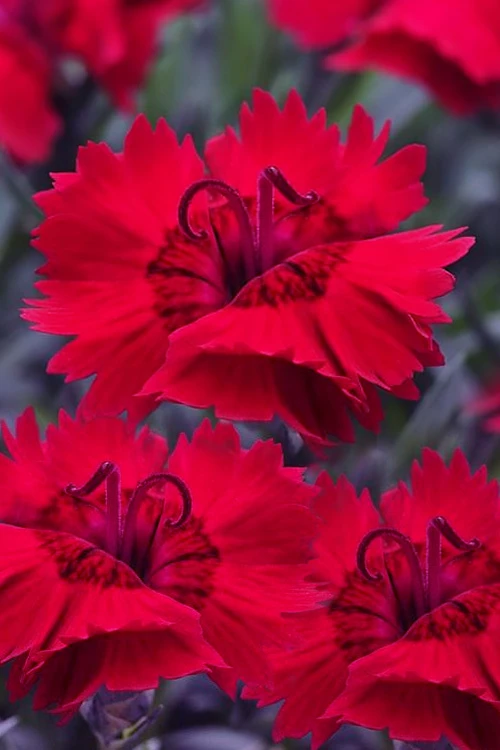
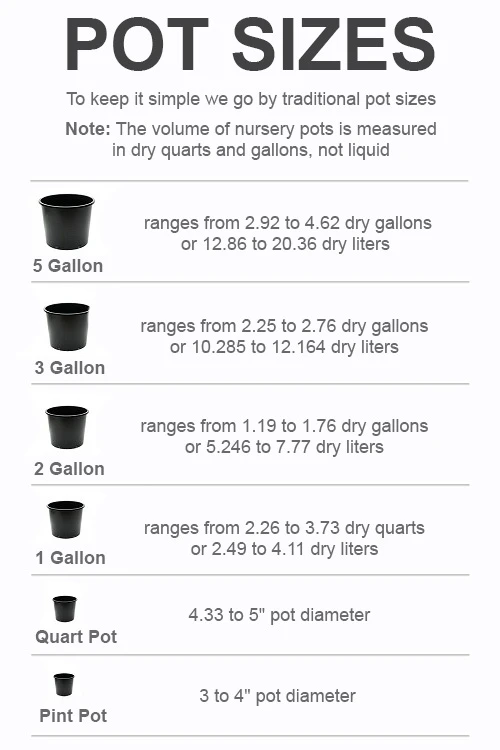
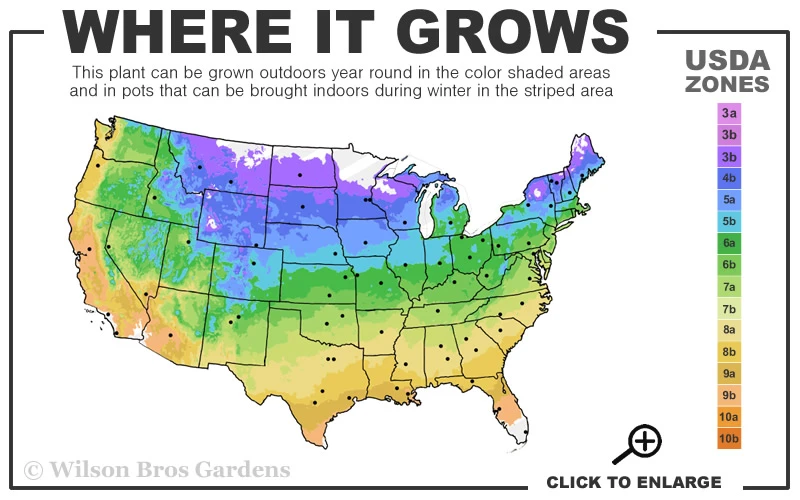

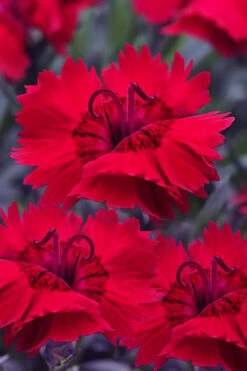



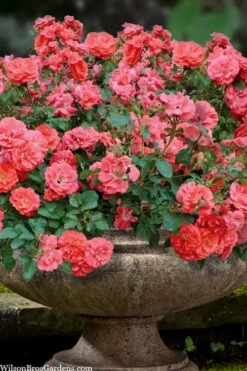

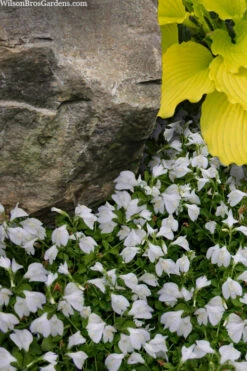

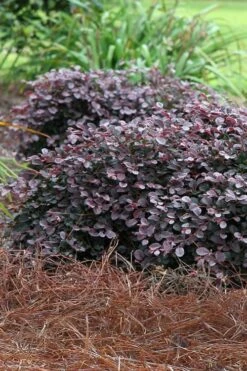
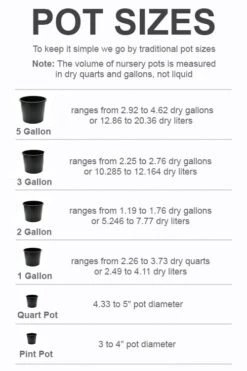
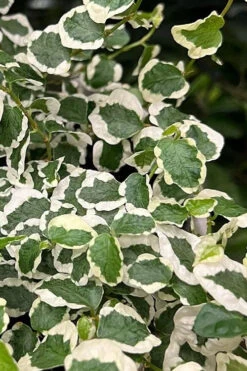
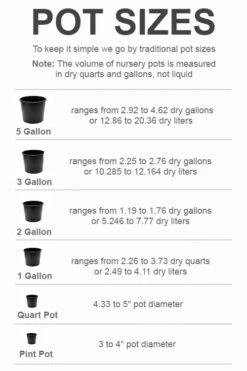

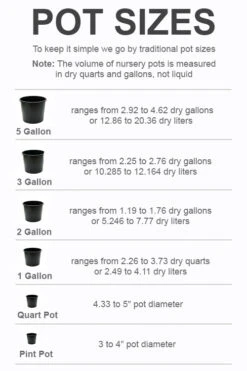
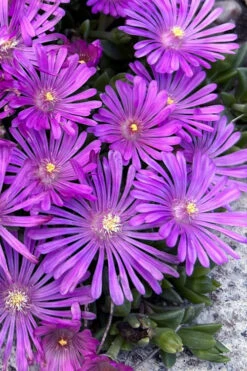
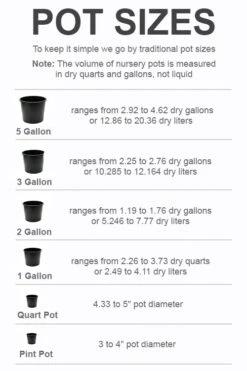

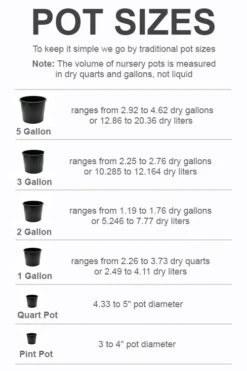


Reviews
There are no reviews yet.